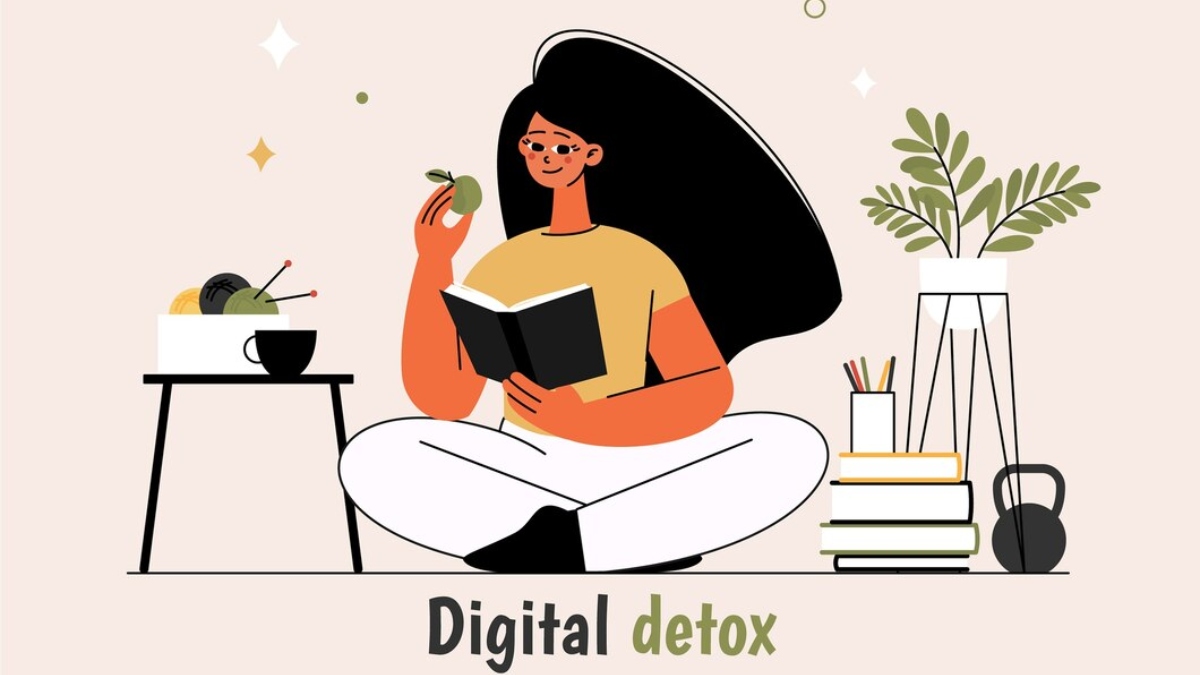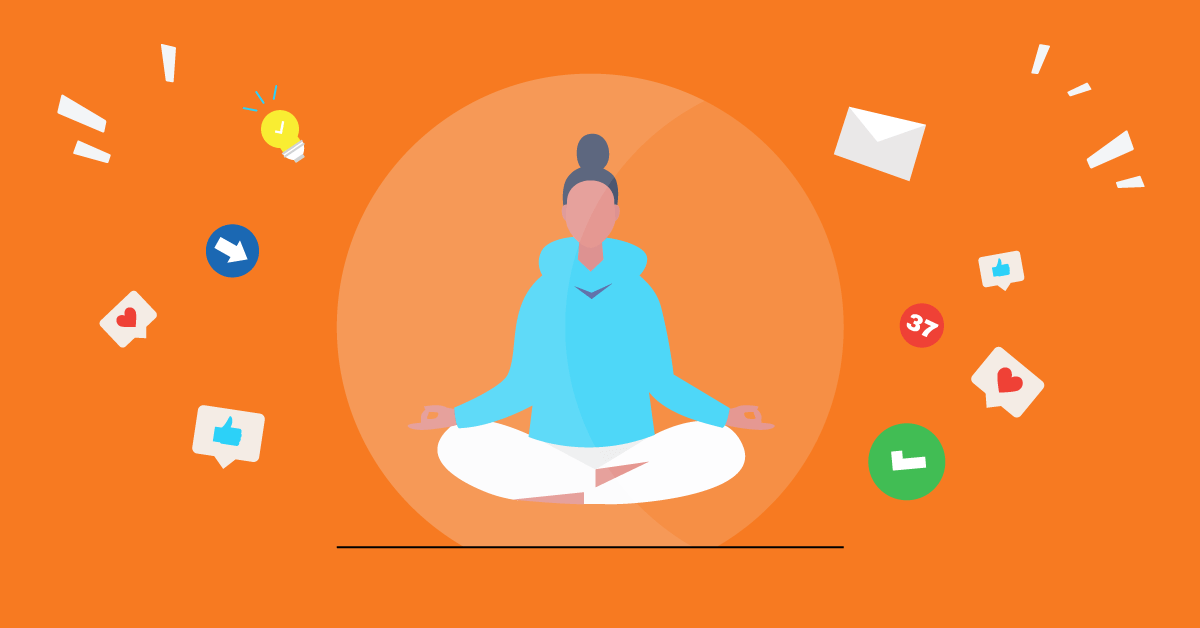In an age where screens dominate our lives, the concept of a digital detox has become increasingly essential. Whether you find yourself mindlessly scrolling through social media, binge-watching shows, or constantly checking emails, the impact of excessive screen time can be detrimental to your mental, emotional, and physical health. This article aims to explore the importance of digital detoxification, its benefits, and practical tips for reducing screen time, ultimately helping you reclaim your day.
Understanding the Digital Detox

What is a Digital Detox?
A digital detox refers to a period during which an individual refrains from using electronic devices such as smartphones, computers, and tablets. The primary goal is to reduce screen time and the negative effects associated with it. While it may seem challenging to disconnect in our technology-driven world, taking time away from screens can significantly improve your overall well-being.
The Importance of a Digital Detox
- Mental Clarity: Constant exposure to screens can lead to mental fatigue, anxiety, and stress. A digital detox allows your mind to rest, promoting clarity and creativity.
- Improved Relationships: Screen time often detracts from face-to-face interactions. By reducing device usage, you can foster deeper connections with family and friends.
- Better Sleep Quality: The blue light emitted by screens interferes with the production of melatonin, the hormone responsible for sleep. A detox can improve your sleep patterns and overall health.
- Enhanced Productivity: Constant notifications and distractions can hinder focus. A break from screens can help you concentrate on tasks and boost productivity.
- Physical Health Benefits: Excessive screen time is linked to sedentary lifestyles, which can lead to various health issues. Reducing screen time encourages physical activity and overall health improvement.
Budget-Friendly Travel: Tips for Exploring the World on a Shoestring
Recognizing Your Screen Time Habits
Before embarking on a digital detox, it’s crucial to assess your current screen time habits. Many smartphones and devices offer screen time tracking features that allow you to see how much time you spend on different applications and activities. Understanding your usage patterns can provide insights into which areas need improvement and motivate you to make changes.
Questions to Reflect On
- How many hours do you spend on your devices each day?
- What activities consume most of your screen time?
- How do you feel after prolonged periods of screen use?
- Are there specific times when you find yourself reaching for your devices out of habit?
Taking the time to answer these questions will help you set realistic goals for your digital detox journey.
Tips for Reducing Screen Time
Now that you understand the significance of a digital detox, let’s explore practical tips to help you reduce screen time and reclaim your day.

1. Set Clear Boundaries
Establishing specific boundaries around your screen time is a crucial first step. Here are some effective strategies:
- Designate Tech-Free Zones: Create areas in your home where devices are not allowed, such as the dining room or bedroom. This promotes mindful interactions and better sleep.
- Establish Screen Time Limits: Use built-in settings on your devices to limit time spent on certain apps or overall usage. Aim for a specific goal each week and gradually decrease it.
- Scheduled Breaks: Set aside specific times during the day to check your devices, rather than being constantly connected. For instance, check emails only in the morning and afternoon.
2. Engage in Alternative Activities
To successfully reduce screen time, it’s essential to fill your day with alternative activities that do not involve screens. Here are some ideas:
- Read a Book: Reading not only provides a break from screens but also stimulates the mind and imagination. Create a reading list and aim to finish a book each month.
- Exercise: Engage in physical activities like walking, jogging, yoga, or joining a fitness class. Exercise boosts endorphins, improving your mood and health.
- Pursue Hobbies: Rediscover old hobbies or explore new ones, such as painting, gardening, cooking, or crafting. Engaging in hands-on activities can be fulfilling and screen-free.
3. Practice Mindfulness
Mindfulness techniques can help you become more aware of your screen time habits and their effects on your well-being. Here are some mindfulness practices to consider:
- Meditation: Take a few minutes each day to practice mindfulness meditation. This can help you focus your thoughts, reduce anxiety, and foster a sense of calm.
- Journaling: Keep a journal to document your thoughts, feelings, and experiences during your digital detox. This can provide insights into your relationship with technology.
- Breathwork: Incorporate breathing exercises into your routine. Deep breathing can help alleviate stress and encourage a more mindful approach to your daily activities.
4. Utilize Technology Mindfully
While a complete digital detox can be beneficial, technology can also enhance our lives when used mindfully. Here are some tips for using technology more healthily:
- Curate Your Feed: Follow accounts and pages that inspire and motivate you. Unfollow or mute accounts that drain your energy or contribute to negative feelings.
- Turn Off Notifications: Disable non-essential notifications on your devices to reduce distractions and the urge to check your phone constantly.
- Schedule Downtime: Use apps that promote mindfulness and well-being, such as meditation apps, exercise trackers, or screen time management tools.
5. Connect with Nature
Nature has a rejuvenating effect on our mental and physical health. Spending time outdoors can provide a much-needed break from screens and improve overall well-being. Here are some ways to connect with nature:
- Go for Walks: Take regular walks in parks, forests, or along the beach. Nature walks provide a refreshing change of scenery and an opportunity to clear your mind.
- Practice Outdoor Activities: Engage in outdoor sports or activities like hiking, biking, or kayaking. These activities encourage physical movement and help you disconnect from technology.
- Mindful Nature Observation: Spend time observing nature—watch the clouds, listen to the birds, or feel the grass under your feet. This practice encourages mindfulness and a deeper connection to your surroundings.

6. Create a Digital Detox Challenge
A structured approach to your digital detox can be both motivating and effective. Consider organizing a digital detox challenge for yourself or with friends and family:
- Set Goals: Decide on the duration of the challenge (e.g., a weekend, a week, or a month) and set specific goals for reducing screen time.
- Accountability: Share your goals with friends or family who can support you and hold you accountable. Consider pairing up for mutual motivation.
- Celebrate Achievements: Acknowledge your accomplishments throughout the challenge. Reward yourself with a fun activity or treat when you meet your goals.
7. Reassess and Reflect
After your digital detox, take time to reflect on the experience. Consider the following:
- What Did You Learn?: Reflect on your feelings during the detox. Did you notice improvements in your mood, relationships, or productivity?
- What Changes Will You Implement?: Based on your reflections, identify changes you want to make in your daily routine to maintain a healthier relationship with technology.
- Set Long-Term Goals: Establish long-term goals for reducing screen time, and incorporating healthy technology habits into your lifestyle.
In a world dominated by screens, a digital detox is a vital practice for reclaiming your day and enhancing your overall well-being. By setting clear boundaries, engaging in alternative activities, and practising practisings, you can reduce screen time and foster a healthier relationship with technology. Remember, the goal of a digital detox is not to eliminate technology it is mindfully and purposefully. Embrace the journey of disconnecting to reconnect with yourself, others, and the world around you. Start today, and take the first step towards a more balanced and fulfilling life.



